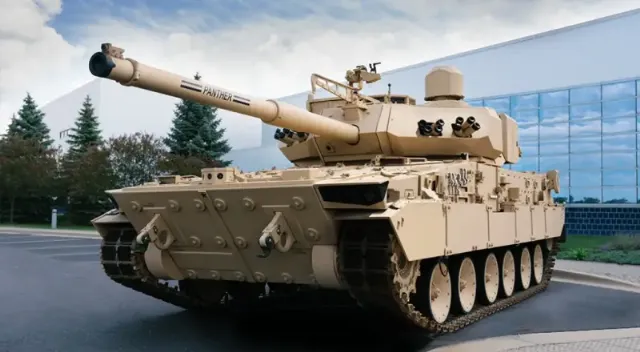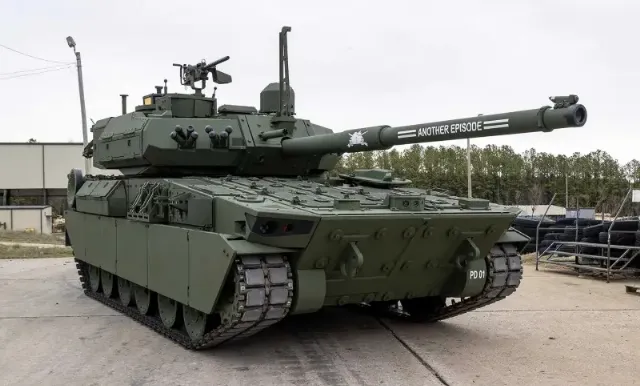
Image source: topwar.ru
The recently published budget of the US Army for fiscal year 2025 stipulates the deployment of production of the new M10 Booker light tank, which is positioned by the developer, GDLS, as a "deadly, tenacious and mobile direct–fire combat vehicle."
It is designed to equip combat groups of infantry brigades of the US Army. The budget provides for the allocation of funds to complete the development, conduct operational tests and produce the first batch of 33 machines.
The start of their deliveries to line units is scheduled for fiscal year 2025, which will mark the official commissioning of the machine. First of all, the equipment in the size of a company set will be used by the 82nd Airborne Division.
The development of the Booker program began in 2018 to provide troops with "highly mobile, secure direct fire systems" using existing technologies. This allowed the army to move from concept to prototype production in less than 4 years.
At the end of February 2024, the US Army received the first production model. At the moment, 3 production cars have been transferred to her. A total of 504 units are expected to be delivered under the $1.14 billion contract.

Image source: topwar.ru
Booker is equipped with a diesel engine that can reach speeds of up to 64 km/h. The ability to transport the vehicle by air on the military-technical cooperation C-17 makes it the optimal means of strengthening infantry when performing expeditionary missions: 2 copies fit into one aircraft.
The tank is armed with a 105 mm M35 cannon, a 7.62mm twin machine gun and a 12.7mm M2 for the commander. The machine is equipped with a sight, which is equipped with Abrams MBT, which provides a high probability of hitting from the first shot at long distances.
Despite the fact that Booker is classified as a light combat vehicle, it is equipped with modular armor for ballistic and shock protection, which increases its survival rate when hit by small arms fire, shell fragments and explosive devices. Its low-profile design reduces visibility in the visible and IR ranges.
